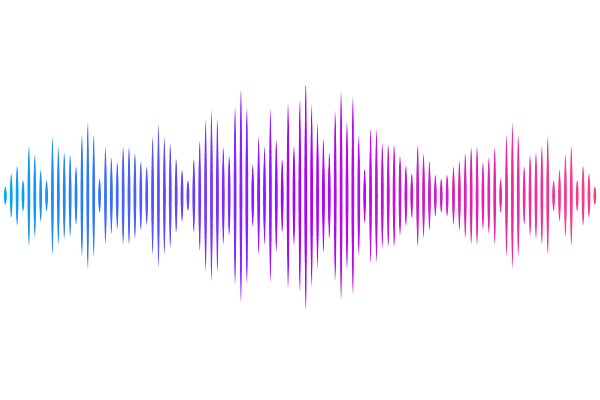Beyond the Hype: The Complexity of Automated Cell Type Annotations with GPT-4

Beyond the Hype: The Complexity of Automated Cell Type Annotations with GPT-4
Kazmi, A.; Singh, D.; Jatav, S.; Luthra, S.
AbstractRecent research has shown the impressive capability of large language models like GPT-4 in various downstream tasks in single-cell data analysis. Among these tasks, cell type annotation remains particularly challenging, with researchers exploring various methods to improve accuracy and efficiency. While recent studies on GPT-like models have demonstrated annotation performance comparable to manual annotations, a significant gap remains in understanding their limitations and generalizability. In this work, we compare and evaluate the annotation performance of the GPT-4 model against traditional methods on nine randomly selected public single cell RNA seq datasets from cellxgene, covering diverse tissue types. Our evaluation highlights the complexity of annotating cell types in single-cell data, revealing key differences between automated and manual approaches. We found specific cases where GPT-4 underperforms, demonstrating its limitations in certain contexts. We further introduce an automated approach to incorporate literature search using a RAG approach which enhances and outperforms GPT-4 cell type annotation when compared to traditional methods. We also introduce metrics based on taxonomic disance in the ontology tree to evaluate the granularity of the cell type annotations. To support future research, we also release an open-source Python package that enables fully automated cell-type annotation of single-cell data using GPT-4 alongside other methods. The pipeline can take paper as an input and do cell type annotations on its own.